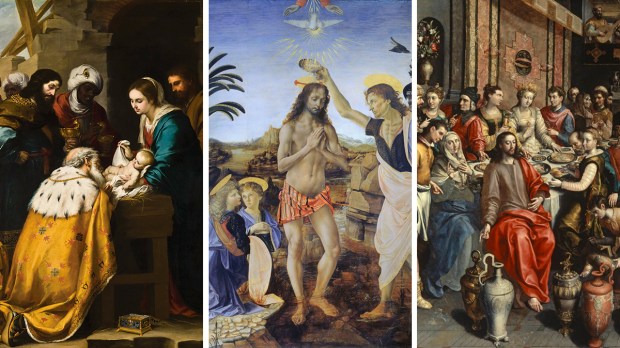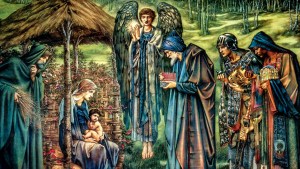Lenten Campaign 2025
This content is free of charge, as are all our articles.
Support us with a donation that is tax-deductible and enable us to continue to reach millions of readers.
The feast of Epiphany (originally observed on January 6 in the Roman Rite), is one of the oldest liturgical celebrations, even before Christmas was established on December 25.
The name itself refers to the “manifestation” of Jesus during 3 particular biblical events.
Pope Benedict XVI refers to this tradition in a homily on Epiphany in 2009.
Epiphany, the “manifestation” of Our Lord Jesus Christ, is a many-faceted mystery. The Latin tradition identifies it with the visit of the Magi to the Infant Jesus in Bethlehem and thus interprets it above all as a revelation of the Messiah of Israel to the Gentiles.
The Eastern tradition on the other hand gives priority to the moment of Jesus’ baptism in the River Jordan when he manifested himself as the Only-Begotten Son of the heavenly Father, consecrated by the Holy Spirit.
John’s Gospel, however, also invites us to consider as an “epiphany” the Wedding at Cana, during which, by changing the water into wine, Jesus “manifested his glory; and his disciples believed in him” (Jn 2:11).
Dom Prosper Gueranger in his Liturgical Year states that it was the Church’s tradition for many centuries that these three events occurred on the same day, January 6.
But did these three mysteries really take place on this day? Is the 6th of January the real anniversary of these great events?
Gueranger explains the origins of this tradition and concludes with, “it is impossible to prove that the sixth of January was not the day [for any of these events]. For us the children of the Church it is sufficient that our Holy Mother has assigned the commemoration of these three manifestations for this Feast, we need nothing more to make us rejoice in the triple triumph of the Son of Mary.”
Basically, we can’t know for certain whether or not these events happened on the exact historical day of January 6. Yet, we can still recollect them on the feast of the Epiphany and rejoice in the manifestation of the Lord to the world.



